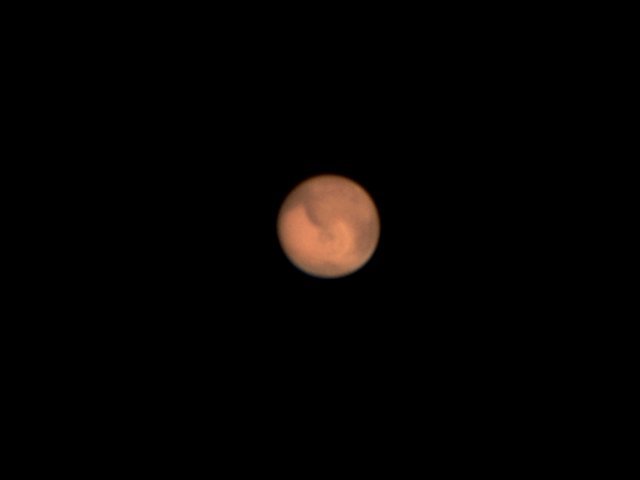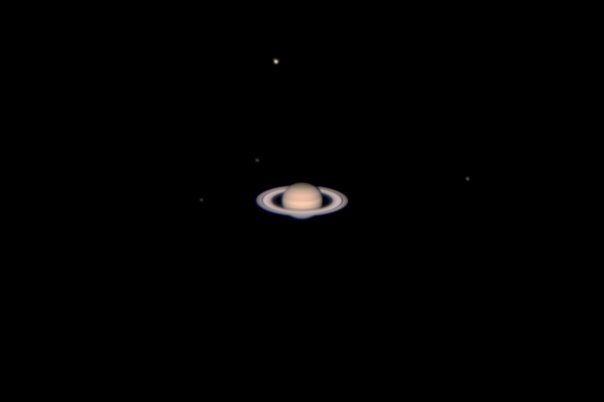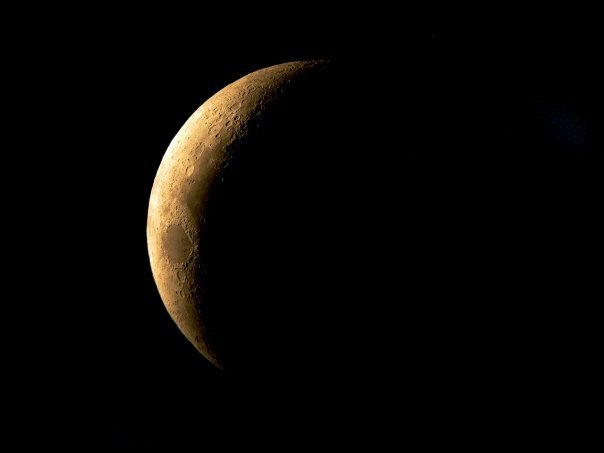C8-NGT- pentax camera- 4 hour exposures over many days. moon aim and shoot



C8-NGT- pentax camera- 4 hour exposures over many days. moon aim and shoot



due to lack of proper equipment my only contribution to this thread will be observing...in awe. :)
4 hour exposures will destroy your sensor
He means 4 hours cumulative of exposures.
those shots are really special. congratulations are in order.
I've never done photography with a telescope before. could you please walk us through the basic process? tracking, settings, processing etc etc. its something that i want to get into in the future.
Some awesome shoots in here! Here's an astro time lapse that I shot last summer. I'm out of town so I only have the instsgram version on my phone but I will post the full version and cam setting when I get back.
5d mk II
Nikkor 17-35 2.8
Emotimo tb3 black pan/tilt mount
Dynamic perception stage zero dolly
really like it, when you can see the earth spin. And that fade out is pretty cool. had to wathc it like 10 times
Whats the process for taking something like this?
Thanks @marquito42, glad you like it . The fade at the end is from the ambient light of the impending sunrise blowing out the shot.
This was a 5 hour time lapse, a lot is going on but I will try to give you the run-down
The motion control system is able to track the milky way by calculating the shot interval (time between actuations), total time to capture, exposure time, and the earths rotation. Since I'm in the northern hemisphere I need to aim generally south to get the milky way.
In this, the camera is dollying right while also panning right and tilting down. I believe my exposure time was 20 seconds and my interval was 25 seconds, so between each shot the camera moves a little bit. There's a lot more to it but that is the basic info you need to calculate the timelapse. Lots of patience and practice is required! :)
As for camera settings, you want to shoot wide open with a fast lens and use high iso to keep exposures under 30 seconds or so, otherwise the stars will move and appear pill shaped. This can also be avoided by using continuous motion, rather than shoot-move-shoot.
I tried to capture the Geminid Meteorite Shower last night but turned out unsuccessful. So I decided to do star trails instead.
28 x 30s
16mm
f2.8
ISO3200
Sorry for taking so long, my mom had breast cancer, and she got the all clear few weeks ago,, i found a good page for you to start reading about Astrophotography http://www.astropix.com/HTML/I_ASTROP/beginner_equipment.html